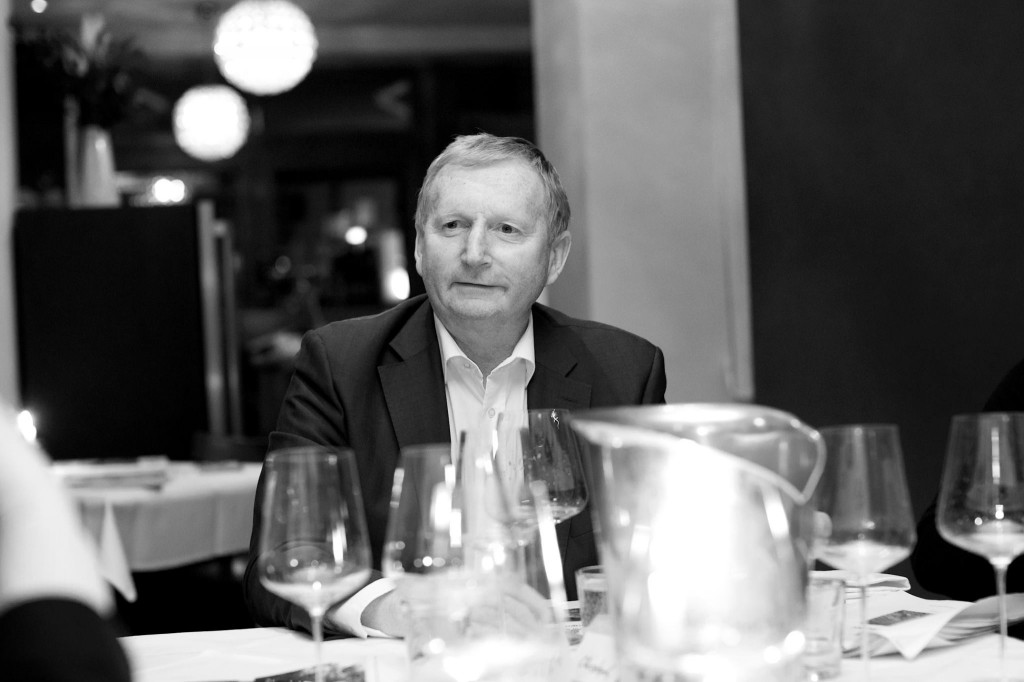 Kaum eine Weinbergslage auf der ganzen Welt wird so stark mit einem einzigen Winzer assoziiert wie der Singerriedel von Spitz in der Wachau/Österreich mit Franz Hirtzberger. Seit den frühen 1980er Jahre trieb er mit großem Nachdruck die Rekultivierung von den weitgehend brach liegenden Terrassen dieser Steillage voran. 1987 hat er den ersten (recht bescheidenen) Wein geerntet und schon während der 1990er wurde der Singerriedel Riesling von Weingut Franz Hirtzberger ein begehrter Kult-Wein. Inzwischen ist der Wein der Inbegriff des üppigen Wachauer Riesling “Smaragd”. Frank Ebbinghaus hat 20 Jahrgänge davon verkostet und der Mythos ergründet.
Kaum eine Weinbergslage auf der ganzen Welt wird so stark mit einem einzigen Winzer assoziiert wie der Singerriedel von Spitz in der Wachau/Österreich mit Franz Hirtzberger. Seit den frühen 1980er Jahre trieb er mit großem Nachdruck die Rekultivierung von den weitgehend brach liegenden Terrassen dieser Steillage voran. 1987 hat er den ersten (recht bescheidenen) Wein geerntet und schon während der 1990er wurde der Singerriedel Riesling von Weingut Franz Hirtzberger ein begehrter Kult-Wein. Inzwischen ist der Wein der Inbegriff des üppigen Wachauer Riesling “Smaragd”. Frank Ebbinghaus hat 20 Jahrgänge davon verkostet und der Mythos ergründet.
Man schließe für einen Moment die Augen. Und male sich den verführerischen Gedanken aus, von einem der besten Weißweine der Welt 20 Jahrgänge am Stück verkosten zu dürfen. Was wäre da zu erwarten? Eine blitzsaubere Reihe von Topweinen, die witterungsbedingten Unwägbarkeiten trotzen und in jedem Jahr gleich hell strahlen, um alles in den Schatten zu stellen? Edle Tropfen, deren jahrgangstypische Ausprägungen ihren Spitzenrang kontinuierlich bestätigen? Oder Weine, in denen sich natürliche Einflüsse wie Mikroklima, Boden und Witterungsverlauf konsequent spiegeln sollen, weshalb der Winzer seinem Gestaltungswillen bewusst Grenzen setzt. Diese Fragen gingen mir durch den Kopf, als ich vergangenen Samstag das Restaurant Annabelles Kitchen in Berlin verließ. Hinter mir lag eine Verkostung von 20 Jahrgängen des sehr berühmten, teuren und hoch bewerteten Riesling Smaragd Singerriedel des ebenfalls sehr renommierten Wachauer Weinguts Franz Hirtzberger (Spitz/Österreich).
Franz Hirtzberger muss der Welt nichts mehr beweisen. Jahr für Jahr werden seine Spitzenweine von der internationalen Kritik mit hohen Bewertungen bedacht. Sein Weingut steht im Zeichen einer ausgeprägten Kontinuität, die auch seinen längst in den Betrieb eingestiegenen Sohn einschließt. Umso bemerkenswerter, dass er zu dieser Probe persönlich nach Berlin gekommen war und einem kleinen Kreis von Weinfans Rede und Antwort stand. Er tat dies mit einem ganz unaufdringlichen Selbstbewusstsein, das seinen Weinen genug Platz bot für sich selbst zu sprechen. Und das taten sie vernehmlich.
Deshalb zurück zur Eingangsfrage: Welches Ergebnis brachte die Verkostung von 20 Jahrgängen eines solchen Ausnahmeweins? Zunächst ein ernüchterndes: Acht Weine waren nach meinem Geschmack lediglich gut oder sehr gut, bei zwei Weinen notierte ich mir Steigerungspotential, das sich mit weiterer Reife einstellen könnte. Von herausragender Qualität erschienen mir neun Weine, wovon zwei zu wahrer Größe heranwachsen könnten. Nur zwei Weine habe ich als vorbehaltlos groß eingestuft. Bei einem Wein, dem 2007er, den Franz Hirtzberger für sehr vielversprechend hält, lag womöglich ein Flaschenfehler vor. Er ging nicht in die Bewertung ein.
Man sollte das nicht auf die Goldwaage legen. In dieser Bewertung spiegelt sich natürlich mein persönlicher Geschmack. Überdies relativiert genauere Betrachtung das kritische Fazit: Kein einziger Wein schmeckte alt. Und in keinem Jahrgang vermisste man das typische Singerriedel-Geschmacksbild: In der Jugend sind das überschwängliche Marillen- und Litschi-Aromen, mit zunehmender Reife stellen sich Waldhonig ohne Süße, Tabak- und Kräuteraromen ein, wobei diese Weine bei aller Reife über eine sehr präsente Säurefrische verfügen.
Zu diesem sensorischen Eindrücken passen die Aussagen des Winzers, die eine klare Philosophie ausdrücken: In jedem Jahr, so Franz Hirtzberger, wolle man herausholen, was möglich sei. Das bedeutet: Eine späte Lese möglichst reifer Trauben. Wenn Botrytis, dann nur von gesunden, voll ausgereiften Beeren. Und in der Regel wird dem Wein vier bis fünf Gramm natürlicher Restzucker oder mehr gelassen, der für Balance sorgt. Hier hat ein Winzer über Jahrzehnte hinweg ein tiefes Verständnis für „seinen“ Weinberg entwickelt. So ist eine Partnerschaft zwischen gestaltendem Subjekt und Natur gewachsen, wobei letzterer alle Möglichkeiten eingeräumt werden sollen, um sich ohne Zwang bestmöglich zu entwickeln.
Es wundert daher nicht, dass die Weine sehr unterschiedlich schmecken und meine Vorstellung von einem großen Wein mitunter deutlich verfehlen. Das gilt besonders für die Jahrgänge 1998, 1999 und 2000, die bei allen Unterschieden eine übermächtige Wucht einte, die mir jedes Trinkvergnügen raubten. Auch der seinerzeit von der Kritik zum Super-Jahrgang hochgejazzte 2006er enttäuschte mich mit seiner Schwerfälligkeit und dem brandig-süßen Abgang.
Überhaupt: Wer auf Finesse und Eleganz steht, wird mit dem Singerriedel nicht zwangsläufig glücklich. Über einige Feinheit verfügt der 1997er, der heute bereits sehr beeindruckt, aber noch zu echter Größe heranreifen kann. Den 1992er Singerriedel zeichnet eine seidige Säure aus und eine große Harmonie – ein tolles Ergebnis für diesen Jahrgang. Eine echte Überraschung bot der 2003er Singerriedel: Im Hitzejahr gelang Franz Hirtzberger trotz geringer Säure ein sehr animierender, keineswegs fetter Wein. Gelbe Früchte werden von einer nur leichten Süße und von Tabaknoten umspielt, so dass sich ein schöner Trinkfluss einstellt.
Ebenfalls sehr eindrucksvoll, wenn auch geschmacklich aus dem Rahmen fallend, der außergewöhnlich schlanke 1990er. In diesem Jahr hat Hirtzberger einen völlig trockenen Wein erzeugt, der trotz neun Promille Säure und nur einem Gramm Restzucker, sehr harmonisch schmeckt, aber aufgrund seiner markanten Säurefrische nicht jedem am Tisch gefiel.
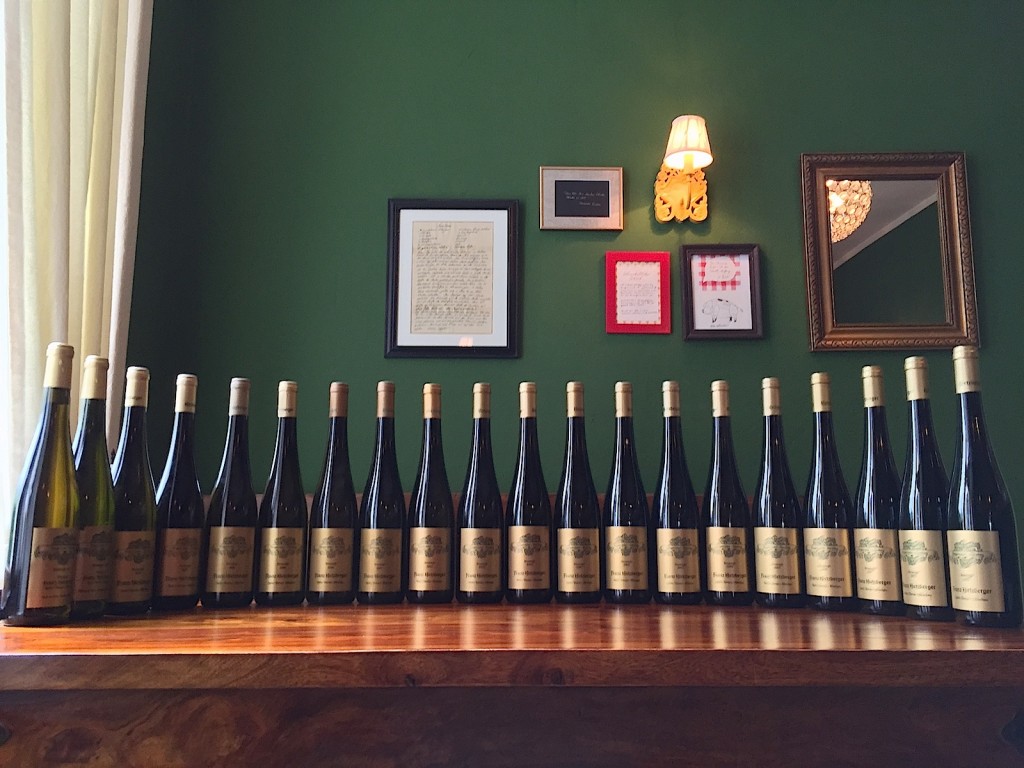
Was aber macht die wirklich großen Singerriedel-Rieslinge aus? Es ist wohl vor allem die perfekte Balance aus gezügelter Reife und mineralischer Säure, wobei die Frucht in der Jugend nicht zu reif schmecken darf, die Säure hingegen nicht reif genug sein kann. So ein Wein ist der 2004er Singelrieder Riesling Smaragd, ein sehr konzentrierter, aber keineswegs übermächtiger, sondern eleganter Wein, der jetzt in einem ersten Reifestadium ist und mit feinen Fruchtnoten einen charmanten Gegenpol setzt zum lebendigen Mineralienspiel – für mich der beste Wein der Probe, der mühelos neben allen großen trockenen Weißweinen besteht, die ich je probieren durfte. Kaum weniger eindrucksvoll der 2002er aus einem Katastrophenjahr, wie Franz Hirtzberger erzählte, als durch starke Regenfälle im Sommer rund 50.000 Quadratmeter terrassierendes Mauerwerk in den Wachauer Weinbergen eingestürzt waren und zur Rettung das Bundesheer anrücken musste. Der Herbst aber war gut. Und so brilliert auch dieser Wein mit einer eleganten, sehr animierenden Art.
Drei weitere Jahrgänge haben das Zeug, sich ebenfalls zu derartigen Monumenten der Rieslingkultur zu entwickeln: Das ist der recht leicht, fein und ebenfalls elegant wirkende 1997er mit seiner feinen, leicht röstigen Paprikanote, dessen Trauben vor der Lese Frosttage zu überstehen hatten, ohne dass sie selbst gefroren waren. Ebenso der 2001er, der mit einer kühlen Tabaknase besticht, nicht zu reif wirkt und dessen im Moment noch recht deutliche Säure sich mit den Jahren zu einem noch mineralischerem Finish entwickeln kann. Und dann ist da noch der 2013er, der zwar sehr gelbfruchtig-reif wirkt, aber im Gegensatz etwa zum 2009er und 2011er nicht üppig schmeckt, sondern seine reife Frucht durch eine bereits perfekt eingebundene mineralische Säure in einer feinen Salzigkeit bändigt – der macht viel Spaß und hat eine große Zukunft.
Was ist das Fazit? Wer große Weine sammelt, sollte ihren Stil sehr mögen. Mir ist der Singerriedel Riesling Smaragd von Franz Hirtzberger oft einfach zu mächtig und zu kraftvoll. Deshalb kommen für mich auch angesichts der Preise, die im Internet bei knapp 60 Euro gerade erst beginnt, nur wenige Jahrgänge überhaupt in Frage. Und ich würde sie nie blind kaufen. Was aber jene Fans durchaus tun, die diese Weine sehr lieben. Sie können darauf bauen, dass Franz Hirtzberger Jahr für Jahr einen Wein präsentiert, der die Geschichte des Jahrgangs und seiner berühmten Lage erzählt und sich als selbstbewusste Persönlichkeit nicht verbiegen lässt – genau wie seine Erzeuger. Es ist ein Wein, wie ihn der Winzer will und die Natur hergibt. Nicht mehr und nicht weniger.
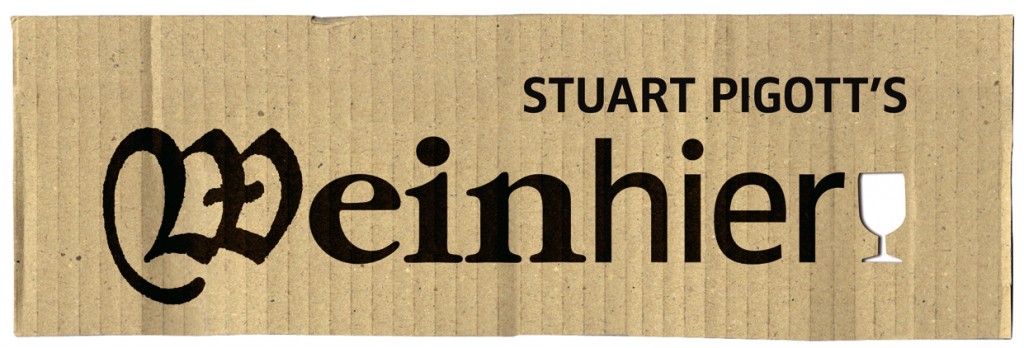
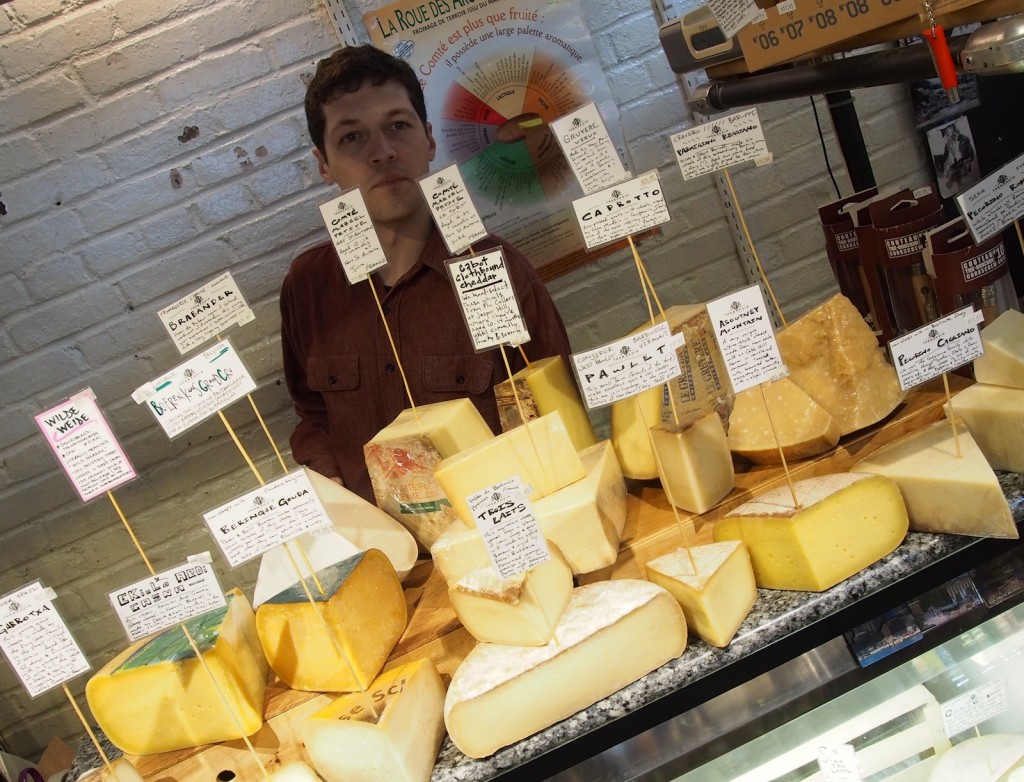 Pictured above is Andrew Clark of Formaggio Kitchen with his superb range of imported French, Italian and British cheeses. This tiny store at the rear of the building, just a couple of doors down from the even smaller Pain D’Avignon booth, also has a terrific selection of charcuterie, pasta, olive oils, and, and, and. I guess that it’s fair to say this is the “fancy” end of Essex Market, but every time I compared prices Formaggio beat the grocery stores closer to my NYWC home just off Union Square, sometimes by a wide margin. Yesterday, I bought some cheese, oatcakes and date and walnut cake from Andrew as emergency supplies for my trip to Arizona that begins tomorrow. I will, of course, be reporting in full. Wish me luck!
Pictured above is Andrew Clark of Formaggio Kitchen with his superb range of imported French, Italian and British cheeses. This tiny store at the rear of the building, just a couple of doors down from the even smaller Pain D’Avignon booth, also has a terrific selection of charcuterie, pasta, olive oils, and, and, and. I guess that it’s fair to say this is the “fancy” end of Essex Market, but every time I compared prices Formaggio beat the grocery stores closer to my NYWC home just off Union Square, sometimes by a wide margin. Yesterday, I bought some cheese, oatcakes and date and walnut cake from Andrew as emergency supplies for my trip to Arizona that begins tomorrow. I will, of course, be reporting in full. Wish me luck!
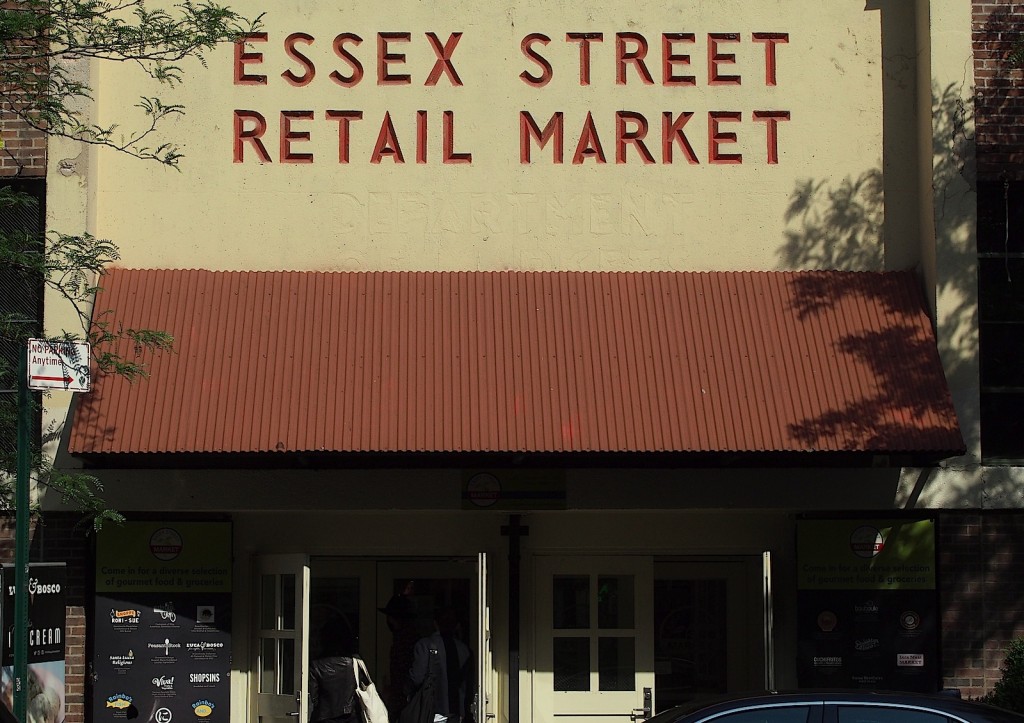
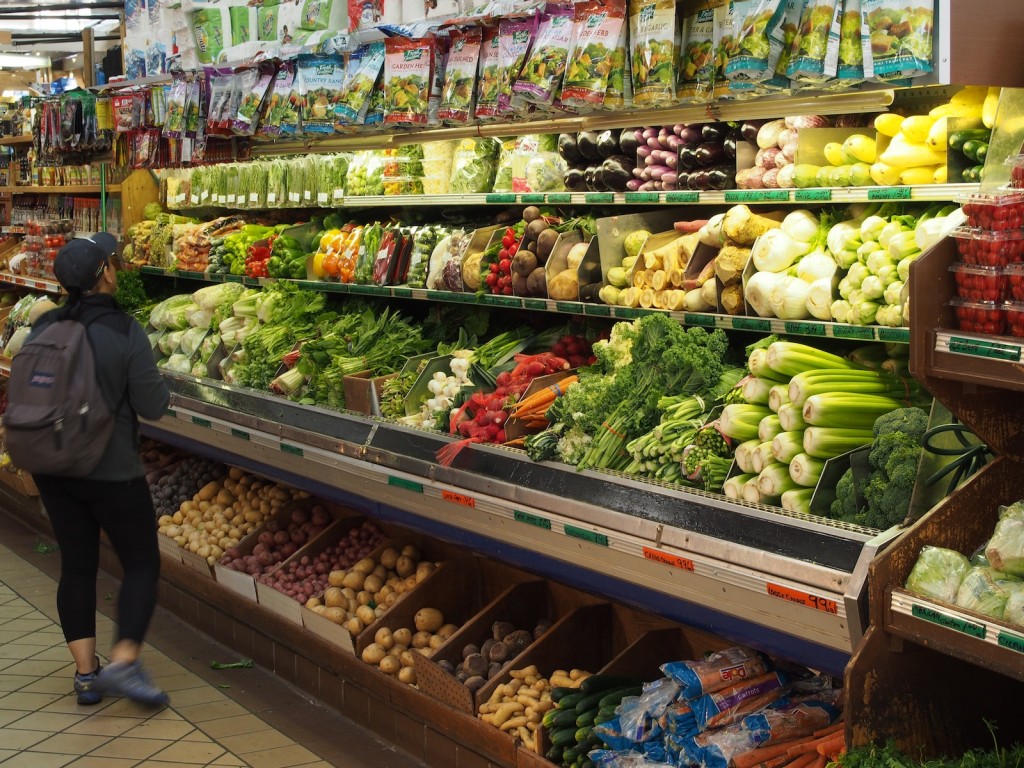
![120114_riesling_global_RZ [1600x1200]](http://www.stuartpigott.de/wp-content/uploads/2015/06/120114_riesling_global_RZ-1600x12001.jpg)
![unnamed[2]-2](http://www.stuartpigott.de/wp-content/uploads/2015/06/unnamed2-2-1024x678.jpg)
![unnamed[2]](http://www.stuartpigott.de/wp-content/uploads/2015/06/unnamed2-1024x851.jpg)

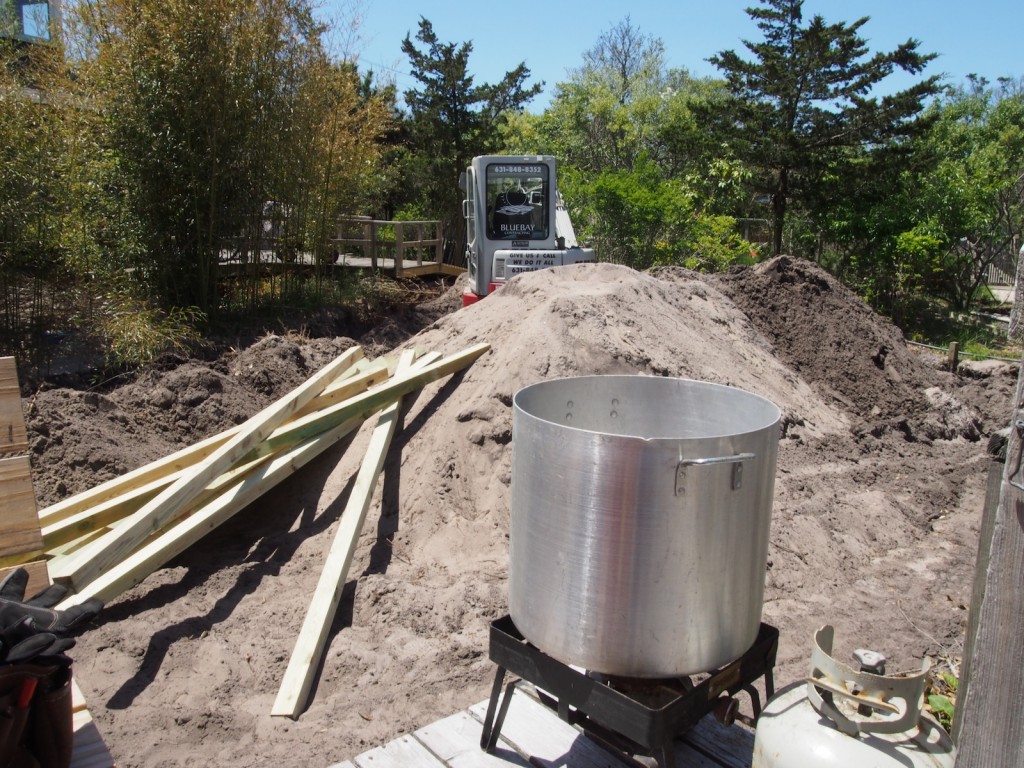
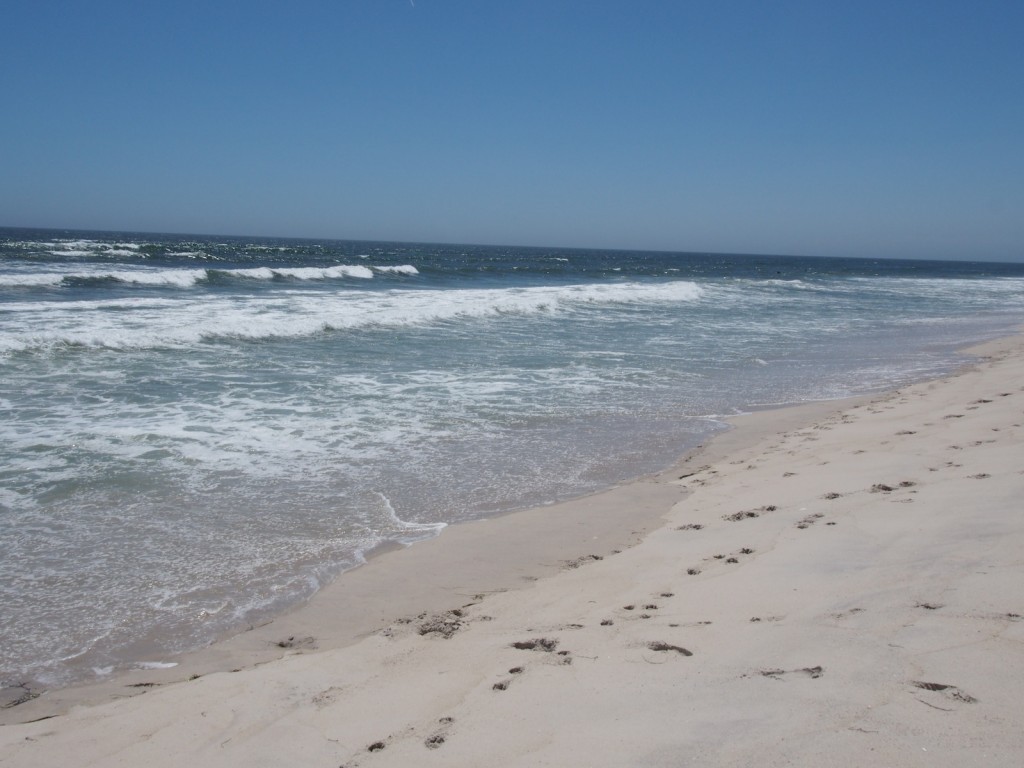
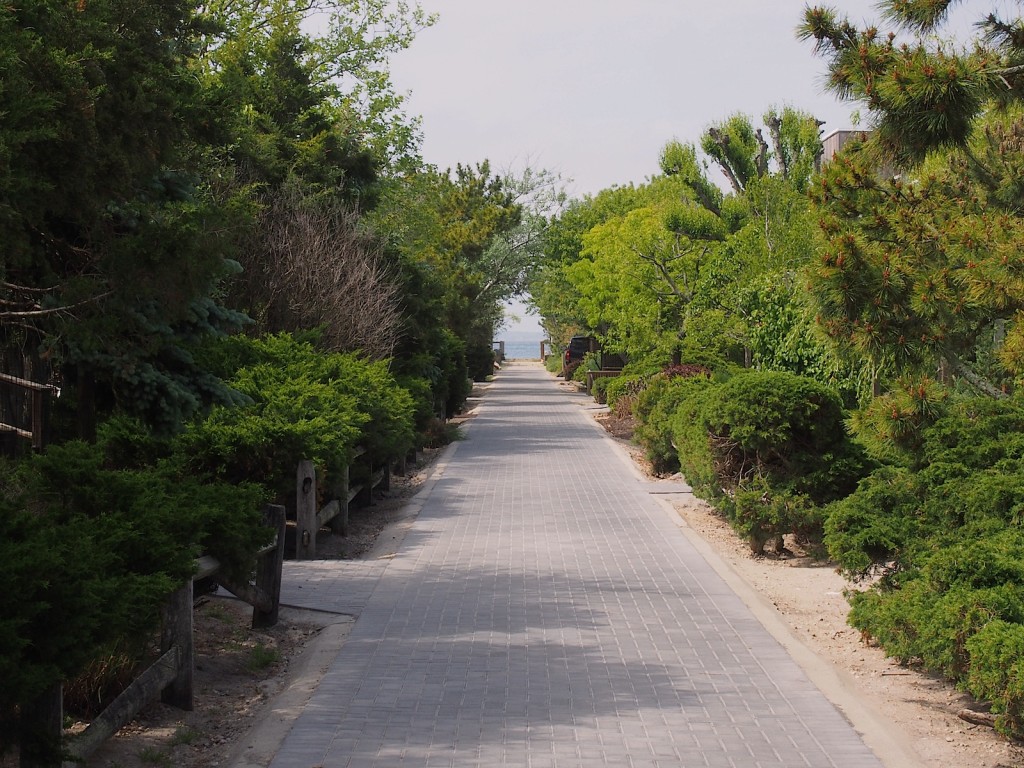
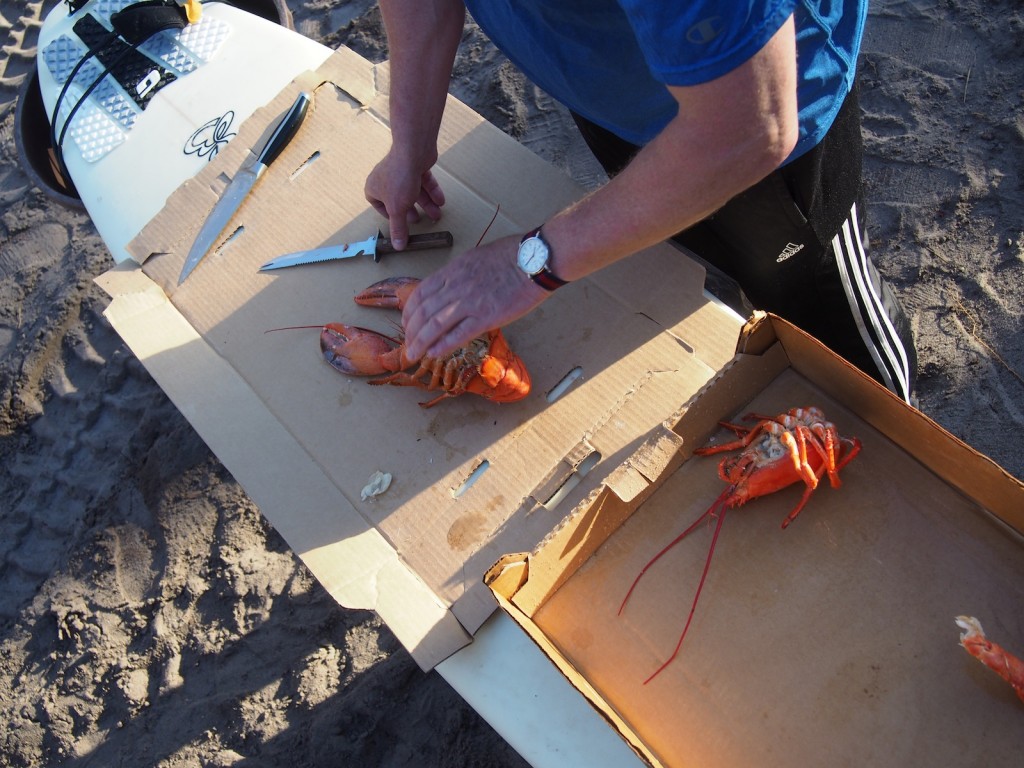
![120114_riesling_global_RZ [1600x1200]](http://www.stuartpigott.de/wp-content/uploads/2015/06/120114_riesling_global_RZ-1600x1200.jpg)
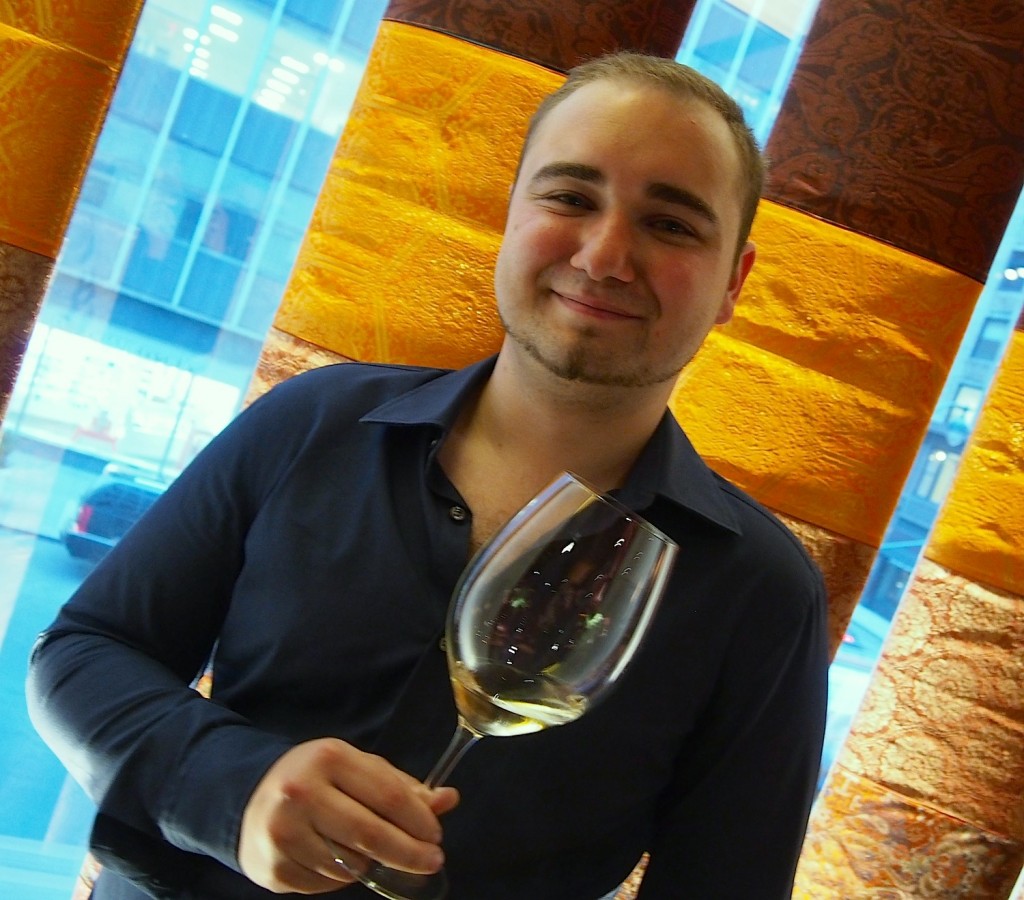
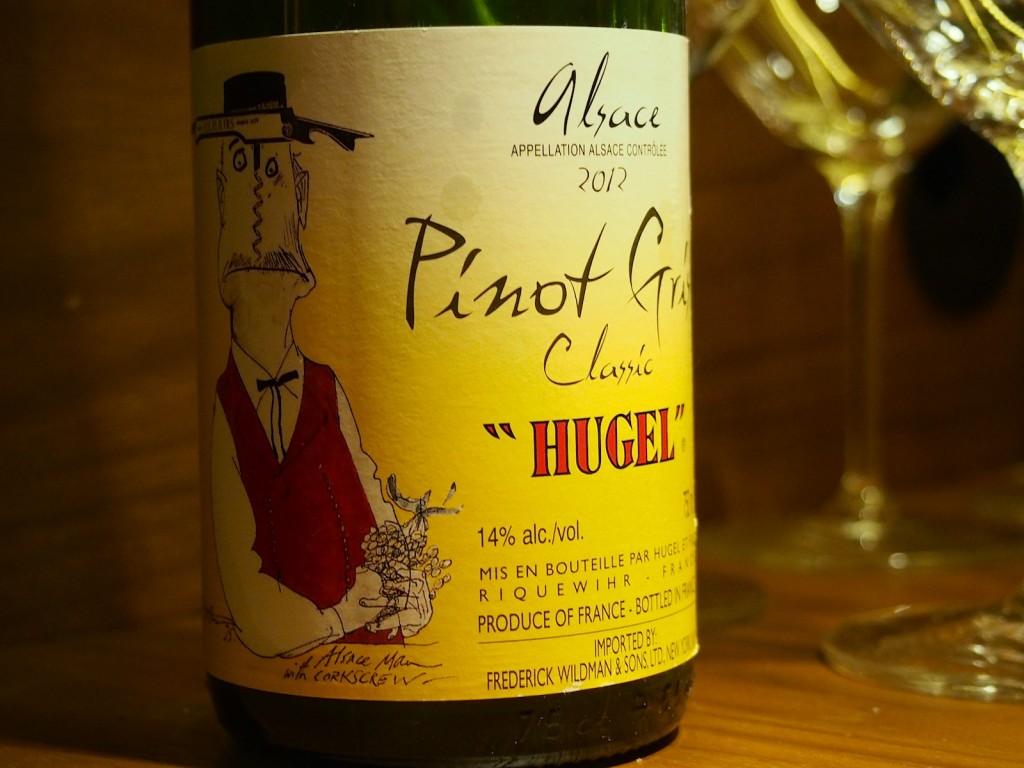
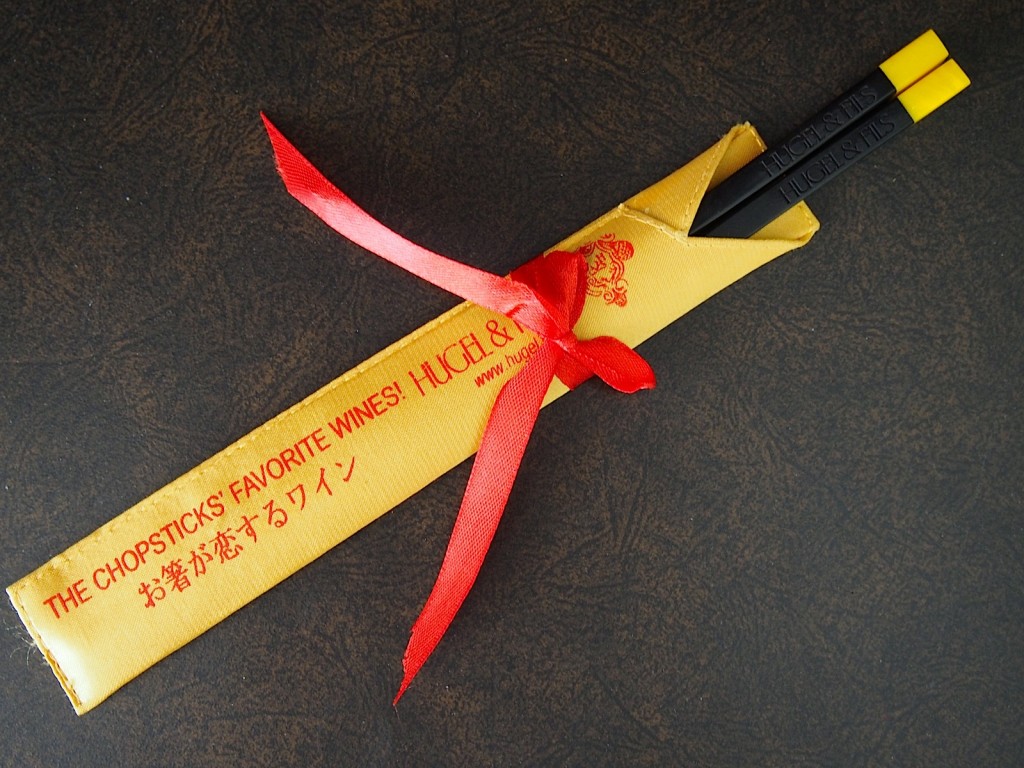
![120114_riesling_global_RZ [1600x1200]](http://www.stuartpigott.de/wp-content/uploads/2015/05/120114_riesling_global_RZ-1600x120012.jpg)
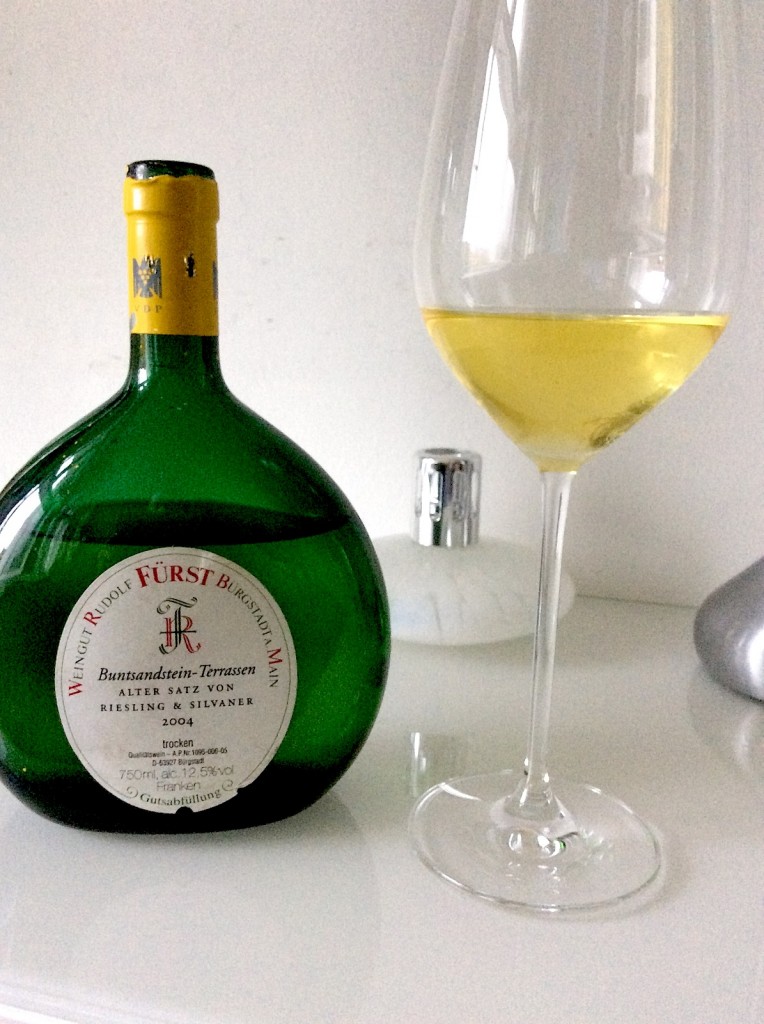
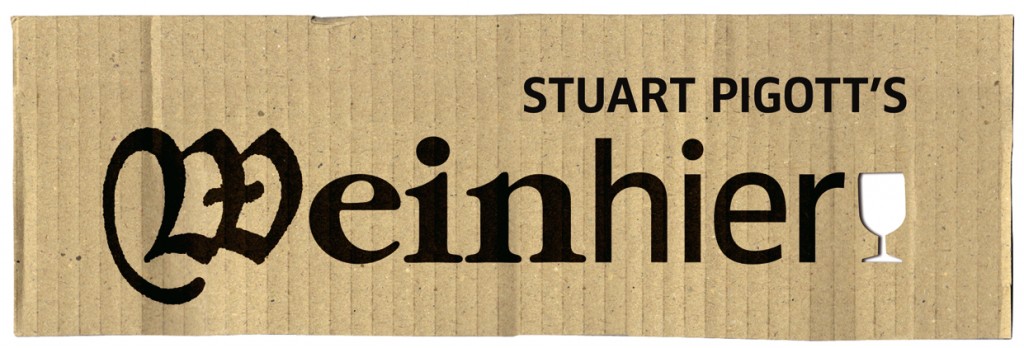
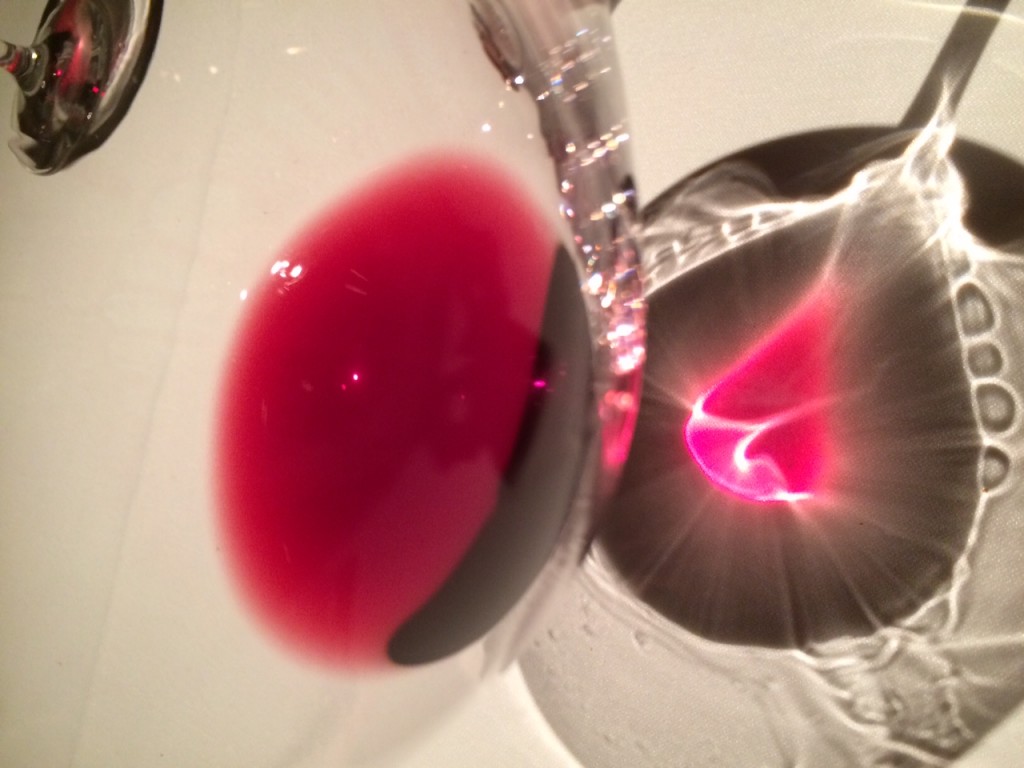
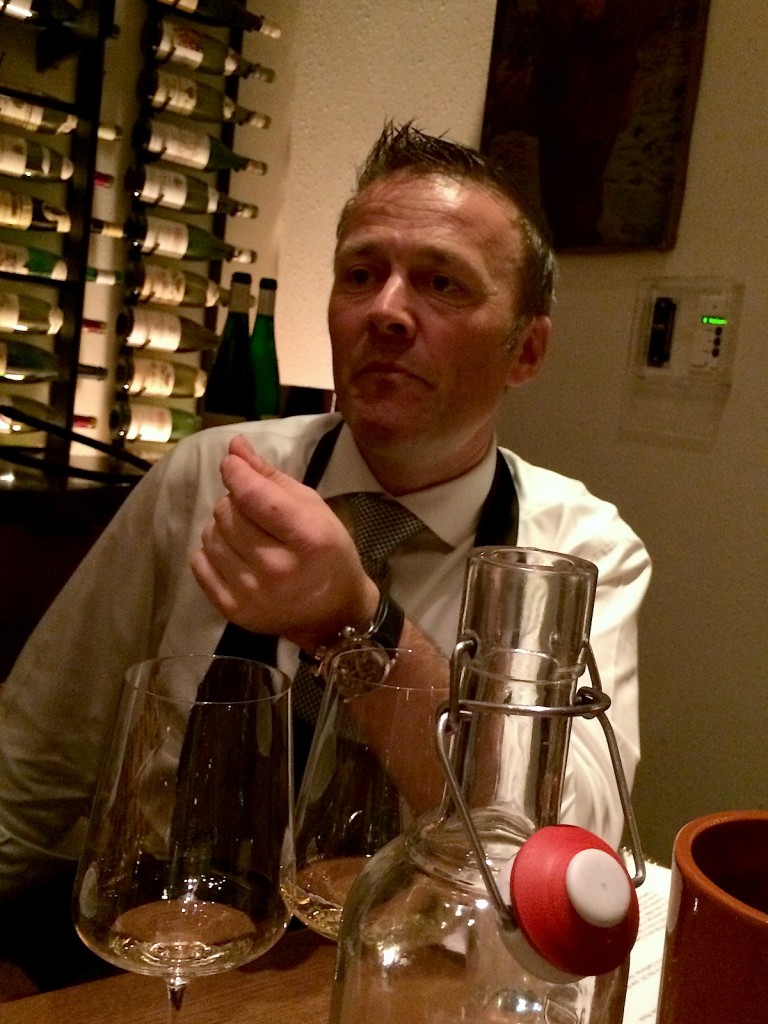
![120114_riesling_global_RZ [1600x1200]](http://www.stuartpigott.de/wp-content/uploads/2015/05/120114_riesling_global_RZ-1600x120011.jpg)
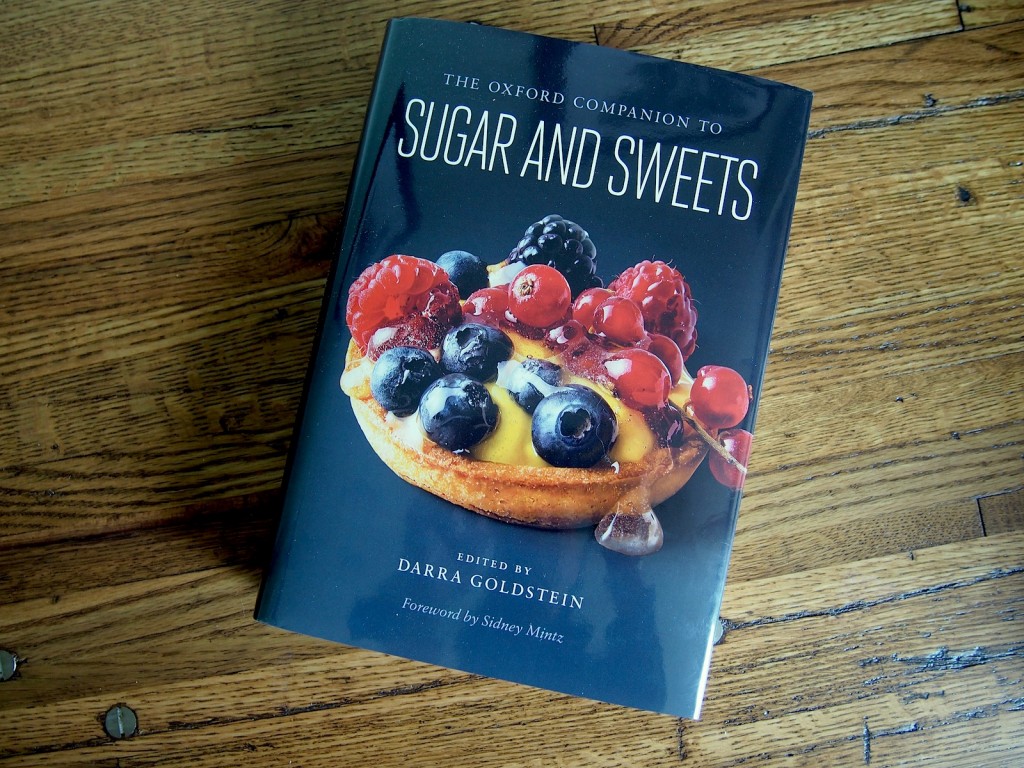
![120114_riesling_global_RZ [1600x1200]](http://www.stuartpigott.de/wp-content/uploads/2015/05/120114_riesling_global_RZ-1600x120010.jpg)

![120114_riesling_global_RZ [1600x1200]](http://www.stuartpigott.de/wp-content/uploads/2015/05/120114_riesling_global_RZ-1600x12009.jpg)



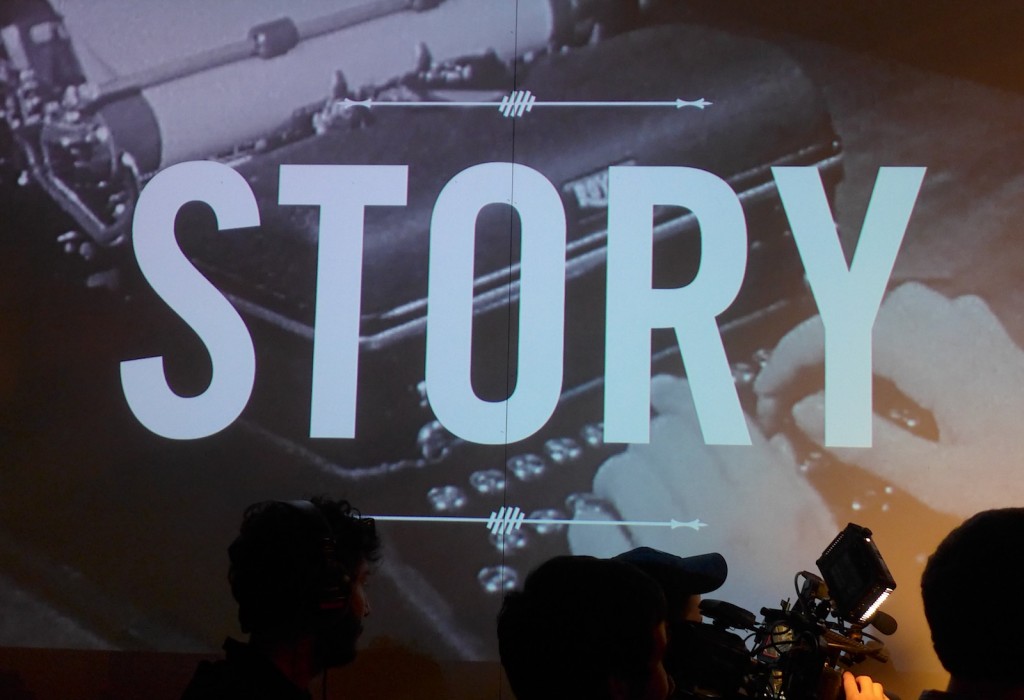
![120114_riesling_global_RZ [1600x1200]](http://www.stuartpigott.de/wp-content/uploads/2015/05/120114_riesling_global_RZ-1600x12008.jpg)